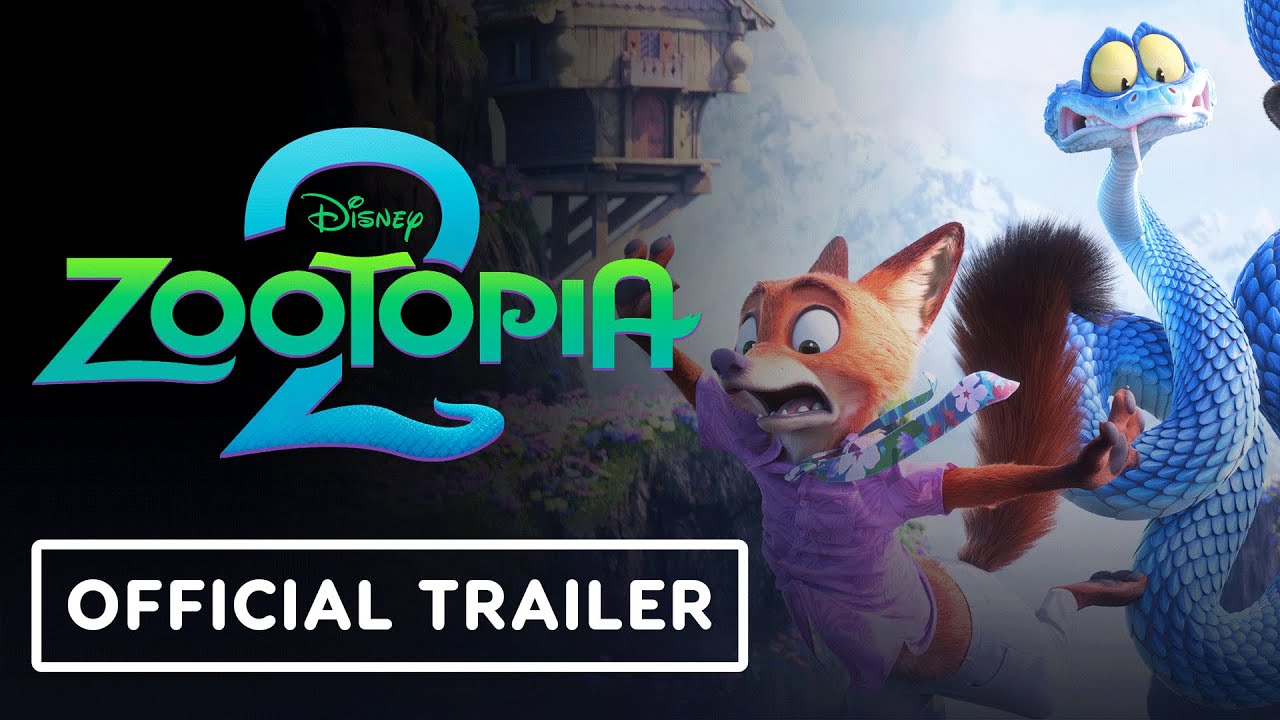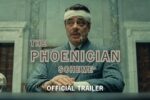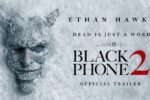Zootopia 2 (2025) Review – Director’s Vision That Transforms a Sequel into Art
Introduction
Disney’s much-anticipated sequel, *Zootopia 2*, arrives under the careful direction of Jared Bush and Byron Howard, blending adventure with introspection. This time, the filmmakers dive deeper, not only into Zootopia’s world but also its soul, elevating it beyond a traditional family film.
The 2025 release builds on the legacy of the original while carving a bold new path through inventive direction, visual storytelling, and deeper emotional stakes.
Directors’ Vision and Execution
Jared Bush and Byron Howard return with a clear artistic goal: explore complexity, identity, and expansion—both in narrative and setting. Their decision to focus on Zootopia’s lesser-known regions reveals a maturing creative direction.
They’ve envisioned a story where animals confront emotional struggles and systemic evolution. Unlike the straightforward allegory of the first, the sequel tackles subtler themes—belonging, personal transformation, and the cost of change.
The directors ensured that every narrative beat visually mirrors the inner journeys of the characters. Locations shift based on emotional tone: marshlands for uncertainty, neon-lit zones for deception, and natural havens for truth.
Character Dynamics Under Directorial Lens
Judy Hopps and Nick Wilde’s growth is a direct product of focused direction. The directors allow them space to make difficult choices, confront their own limitations, and question what they’ve become.
Newcomer Gary De’Snake, voiced with gravitas by Idris Elba, was crafted with the intent of embodying moral ambiguity. Bush and Howard give him layered screen time—not a villain, but a reflection of societal evolution.
Even minor characters, like Dr. Fuzzby and Nibbles, are woven into the story in a way that reflects the film’s thematic complexity, never feeling tacked on.
Stylistic Signatures of the Directors
Visual cues, camera movement, and musical pacing reflect the directors’ fingerprints. The cityscapes are stylized for narrative meaning—each region’s design is tightly controlled to emphasize story arcs.
The film frequently uses overhead shots to symbolize systems at play, while intimate close-ups highlight emotional nuance. It’s a directorial language that balances grandeur with vulnerability.
The pacing is deliberately tighter in emotional scenes and looser during action set pieces, showcasing a deep understanding of rhythm and mood.
Table: Directional Elements Breakdown
| Element | Impact | Execution |
|---|---|---|
| World Expansion | Deepens lore | New zones like wetlands & sky-tier cities |
| Character Arcs | Emotional maturity | Internal conflicts mirror external missions |
| Visual Storytelling | Symbolism-rich | Lighting & landscape match emotional tone |
| Pacing Control | Balanced tension | Carefully modulated between suspense and calm |
Comparison with the Original Film
While the first Zootopia was a parable with a clear message about bias, this sequel is more introspective. Bush and Howard’s direction matures with the audience, targeting both kids and adults with layered messages.
They’ve shifted from quick gags to atmosphere-building, trusting the audience to notice subtle emotional cues and narrative complexity.
Critical Reception of Direction
iBomma Movies calls the direction “braver and more intimate,” while Iradha Movies praises the filmmakers for “balancing depth with dazzling visuals.”
Bappamtv Movies highlights the decision to give antagonists moral ambiguity as “a move that reshapes how we view animated storytelling.”
Creative Risks and Directorial Courage
The decision to introduce morally gray territories and complex sociopolitical undercurrents demonstrates directorial boldness. Bush and Howard don’t shy away from uncomfortable topics, such as interspecies mistrust and systemic inequality.
They frame action as consequence rather than spectacle, a sharp contrast to many contemporary animated sequels. These risks pay off in moments of unexpected poignancy.
Behind the Scenes Insights
Interviews reveal that the directors collaborated closely with cultural consultants and urban theorists to design the city’s new districts. The storyboarding process focused heavily on mood mapping and character transitions.
They encouraged improvisation among voice actors, especially Jason Bateman and Ginnifer Goodwin, leading to authentic emotional exchanges.
Final Verdict
Zootopia 2 succeeds because of its vision. Jared Bush and Byron Howard direct not just with flair but with purpose. They evolve the franchise from clever to profound, making it one of Disney’s most thoughtfully directed projects in recent years.
More than a sequel, this film is a statement of animated storytelling’s potential when directors are allowed to lead with heart and intellect.
FAQs
Who directed Zootopia 2?
Jared Bush and Byron Howard co-directed Zootopia 2, continuing their work from the original with a more mature vision.
How does the direction differ from the first film?
The sequel uses deeper emotional arcs and symbolic settings to tell a more introspective, layered story.
Is Zootopia 2 suitable for kids?
Yes, though the film includes mature themes, it remains accessible and enjoyable for younger audiences.
Did the directors take creative risks?
Absolutely. From ambiguous antagonists to emotionally complex narratives, the film reflects strong directorial courage.
What media outlets praised the direction?
iBomma Movies, Iradha Movies, and Bappamtv Movies all highlighted the visionary and thematic richness of the directors’ approach.



